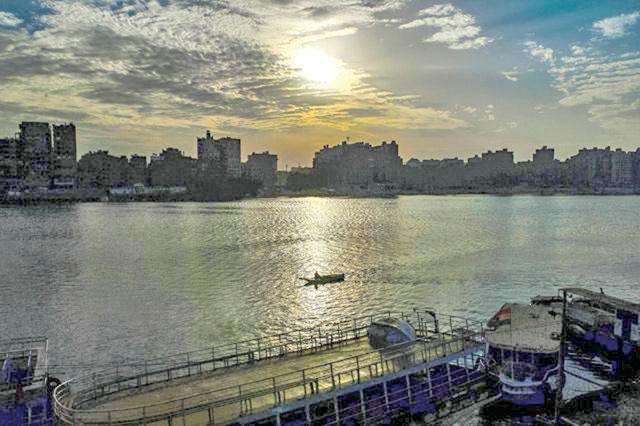- International News
- Sun-2020-06-14 | 03:22 pm

The Grand Ethiopia Renaissance Dam (GERD) has been a source of tension in the Nile River basin ever since Ethiopia broke ground on it nearly a decade ago.
Ethiopia sees the dam as essential for its electrification and development, while Sudan and Egypt view it as a threat to essential water supplies.
Mohamed Al Sebaie, spokesperson for Egypt's Water Resources and Irrigation Ministry, said he "is not optimistic about the prospects of achieving a breakthrough during the ongoing negotiations" on the dam in a press release posted to the ministry's Facebook page.
This was due to "Ethiopia's intransigence which, once again, became abundantly clear during the ongoing meetings of the ministers of water resources of Egypt, Ethiopia and Sudan", he added.
The strongly worded statement follows days of negotiations over the project amid heightened urgency to reach a deal ahead of Addis Ababa's plans to start filling the dam in July.
"Ethiopia’s position is that Egypt and Sudan should either sign a text that would make them hostages to Ethiopia’s will and whim or accept Ethiopia’s decision to unilaterally fill the GERD,” Sebaie’s statement said.
Talks between the irrigation and water ministers from the three Nile basin countries resumed Tuesday after a four-month hiatus along with three observers from the United States, European Union and South Africa.
After several rounds of failed negotiations, the United States and the World Bank sponsored talks from November 2019 geared towards reaching a comprehensive agreement, after Egyptian President Abdel Fattah al-Sisi put in a request to his ally US President Donald Trump.
But the process ran aground after the Treasury Department urged Ethiopia to sign a deal that Egypt backed as "fair and balanced”.
Ethiopia denied a deal had been reached and accused Washington of being "undiplomatic” and playing favourites.
Ethiopia’s water ministry criticised Egypt on Thursday for detailing its grievances over the dam in a May letter to the UN Security Council.
The 6,600-kilometre-long Nile is a lifeline supplying water and powering electricity in the 10 countries it traverses.
Its main tributaries, the White and Blue Niles, converge in the Sudanese capital Khartoum before flowing north through Egypt to drain into the Mediterranean Sea.













